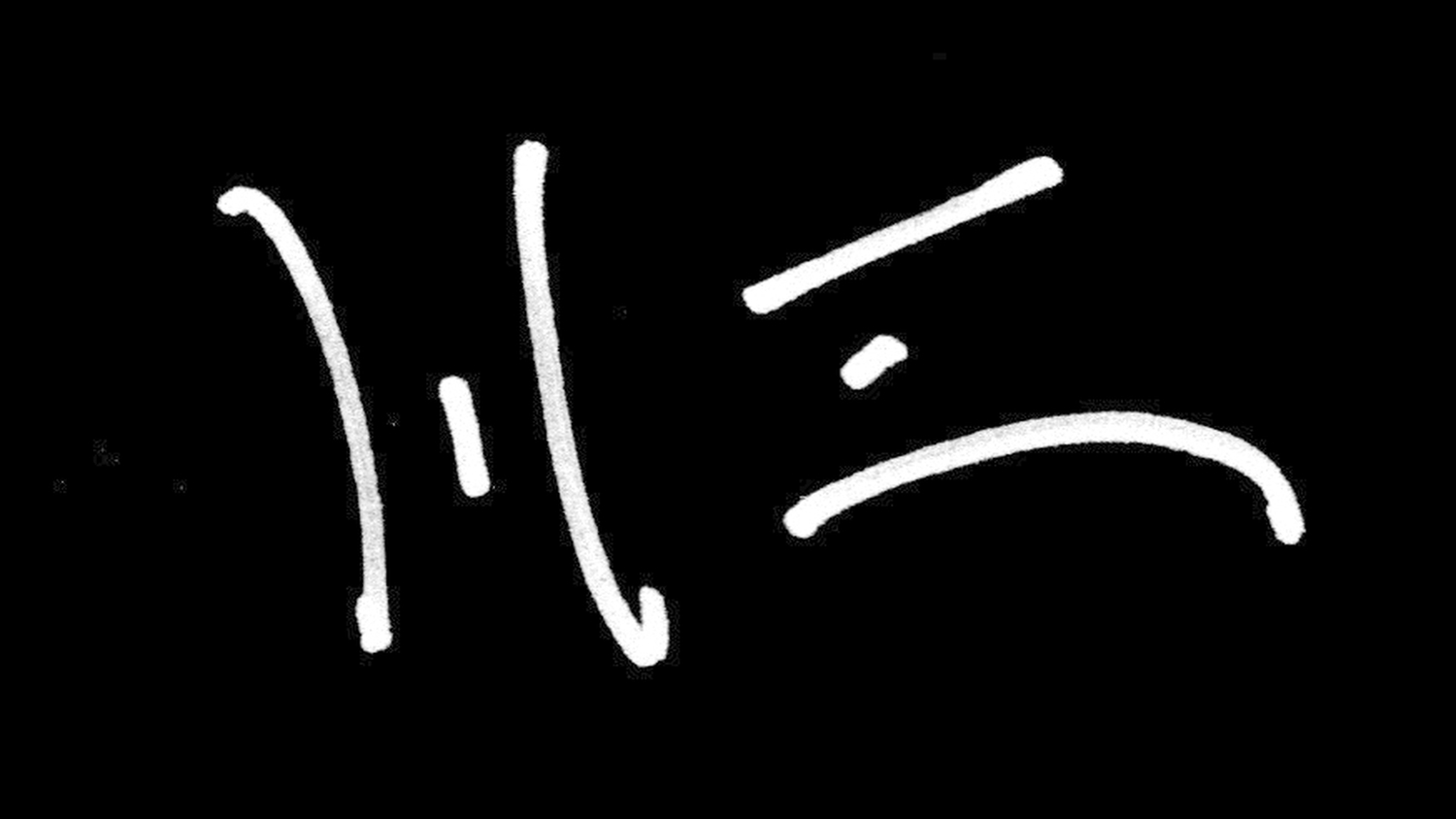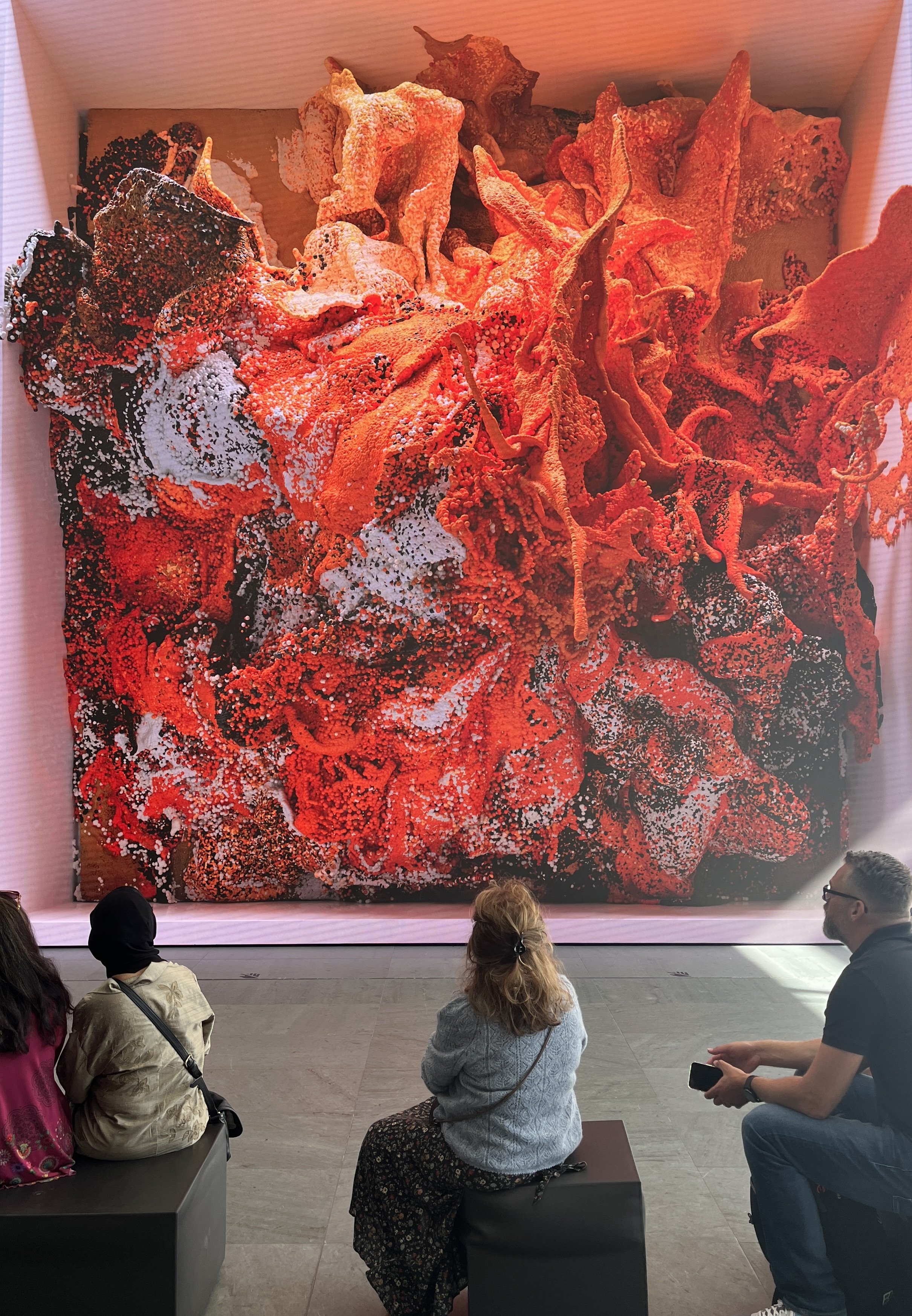Before Technicolor: Early Color on Film & Refik Anadol: Unsupervised at MoMA
Dancing around you, the particles of the museum reveal elemental truths of line, color, texture, shape. Waves of color splash the walls and crash down upon you; dashes weave their way up the canvas the paper the plaster to fold over and around you; objects emerge from the fog of history and disappear in your memory.
The artificial intelligence which scans and reinterprets every work of art in MoMA’s collection is smarter than you and needs your guidance. (It’s not, as the title playfully misleads, “unsupervised.”) It is an emotional revelation machine and a raw data combinator. Its inputs are vast and real; its output a puzzle, a riddle (try to decipher the equations). The final product is astonishing but not a mystery. All human art is an elucidation of influence and experience, as Anadol’s creation is, but lost is the ineffable, the unquantifiable elements—mistake and misinterpretation, black holes in memory where the data cannot be recalled but is evoked nonetheless.
Early experiments in color film show the beauty in the haphazard, the experiments. Colors appear not as they do to the naked eye. The artifice of lights and makeup are applied to counteract the artificial process. Dyes leak over the objects they signify. Where the hand stutters, beauty lies.
(The video projection of these archival prints doesn’t do the image justice, and when the quality of the picture is the significance of the exhibition, it’s disappointing that the museum didn’t strike new prints.)
I am intrigued for the day when the AI separates from its human-derived inputs. When AI art at MoMA is truly unsupervised.






